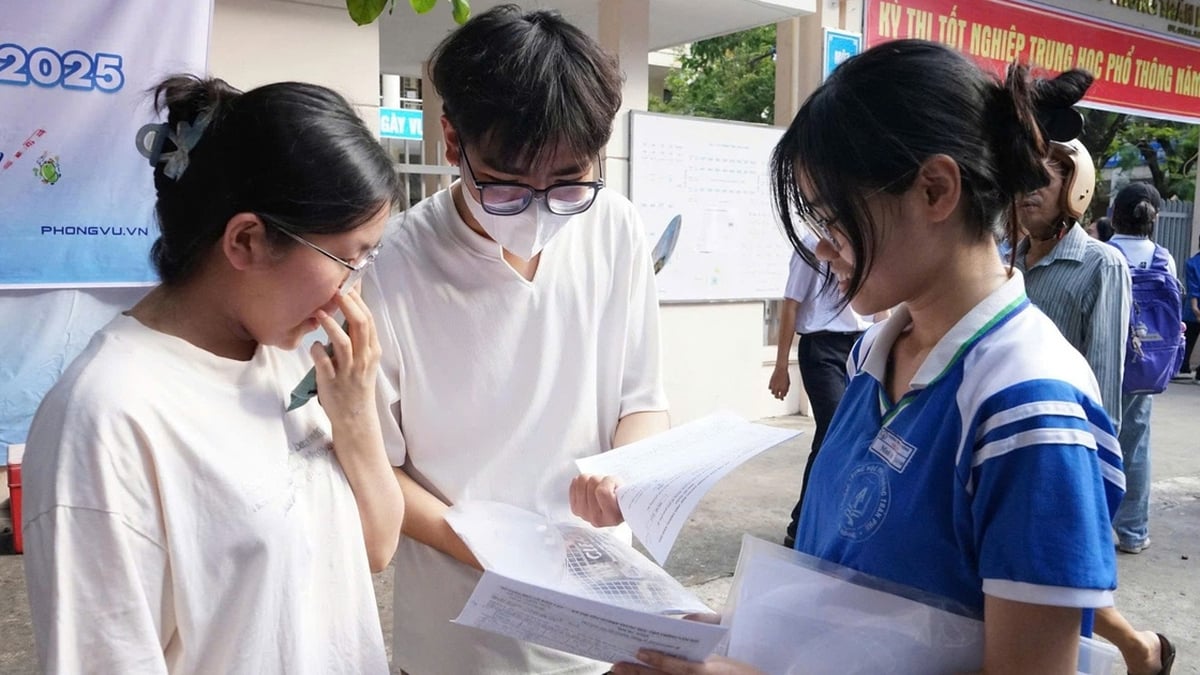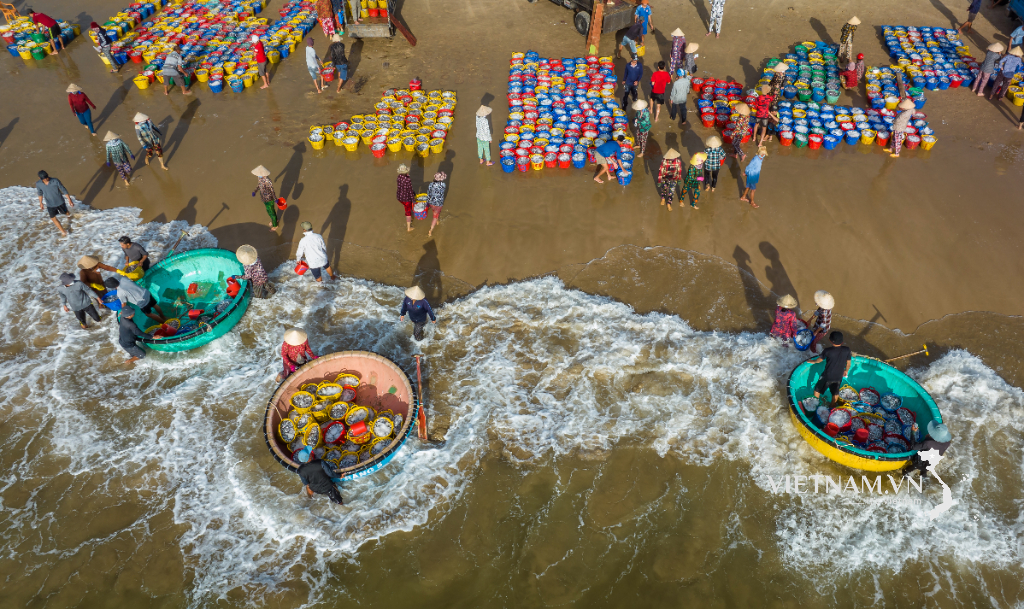Heatwave gripped Southeast Asian countries over the weekend, with records set in Laos, Thailand, Vietnam…
Scientists have long warned that heatwaves will get worse as the impacts of the man-made climate crisis intensify.
In Vietnam , temperatures reached 44.1 degrees Celsius last Saturday in some northern provinces.
Meanwhile in Laos , the city of Luang Prabang hit 43.5 degrees Celsius on Saturday, breaking the national record of 42.7 degrees Celsius set just last month.
Laos' capital Vientiane also broke its all-time record this past weekend with a temperature of 42.5 degrees Celsius.
Cambodia also set a new national record in May, with temperatures of 41.6 degrees Celsius in Kratie and Ponhea Kraek.
Authorities in Quezon City in the Philippines' capital Manila region have shortened school hours after temperatures hit the "danger zone", a deadly combination of heat and humidity that sees temperatures hovering between 42 and 51 degrees Celsius.
Meanwhile in Thailand, last Saturday saw the hottest temperature ever recorded in the capital Bangkok, reaching 41 degrees Celsius.
Bangkok is just one of several areas in Thailand that have endured temperatures ranging from the high 30s to low 40s since late March. In mid-April, the northwestern city of Tak became the first place in the country to hit 45 degrees Celsius, according to data from the Thai Meteorological Department.
Last month, Prime Minister Prayut Chan-o-cha expressed concern about “dangerously high temperatures in various parts” across the country.
April and May are typically the hottest months of the year in parts of South and Southeast Asia, as temperatures rise before storms arrive.
Temperatures across the region are expected to return closer to average in the coming days, but record heat events are becoming more common as the climate crisis intensifies.
A 2022 study determined that dangerous heat waves, with temperatures of 39.4 degrees Celsius or higher, will occur three to 10 times more frequently by the turn of the century.
In the tropics, which includes much of Asia, research suggests that days with “extremely dangerous temperatures”, defined as 51 degrees Celsius, could double.
“By definition, we don’t know what might happen if a large population were exposed to unprecedented heat and humidity stress,” said study lead author Lucas Vargas Zeppetello of Harvard University. “But the heat waves of the past few decades have been extremely dangerous and there is serious reason to be concerned about the future.”
Globally, the past eight years have also been the warmest on record. And this past April was, according to Dr. Wang Jingyu, a climate researcher at the National Instituteof Education in Singapore, “the hottest April in Asia.”
This extreme weather situation continues to challenge governments in protecting people's health, maintaining production and ensuring electricity consumption... in the context of still struggling to recover the economy after the COVID-19 pandemic.
One of the factors contributing to the current heat wave, according to scientists, is the El Nino phenomenon. After nearly 3 years of "giving way" to the opposite phenomenon La Nina, the World Meteorological Organization predicts that El Nino will return in October this year, or even earlier - in July.
(According to chinhphu.vn )
Source link

































































































Comment (0)